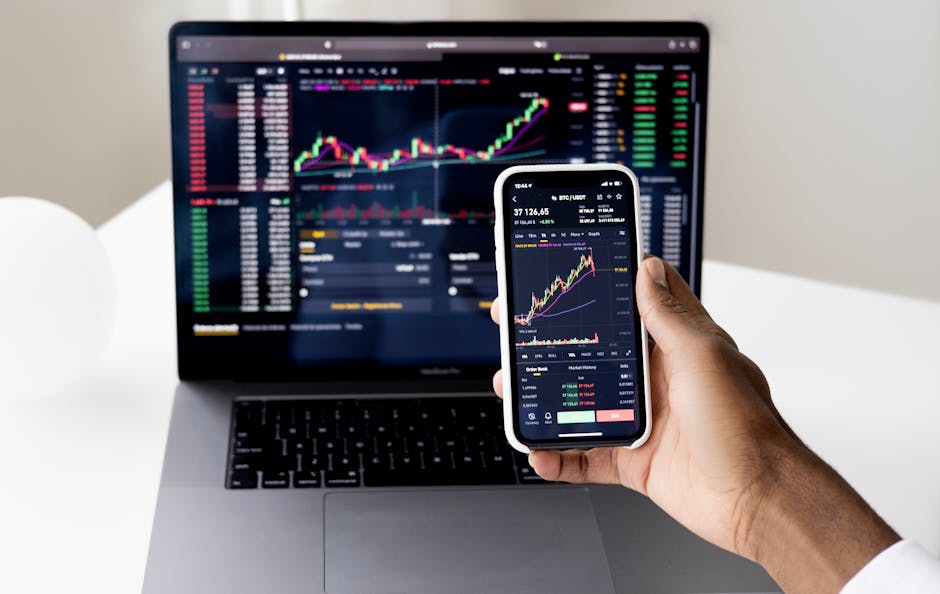Did you know that a mere millisecond can make the difference between a successful trade and a missed opportunity in the world of exchange trading? Upgrading trading engines to enhance speed and reliability is no longer a luxury; it’s a necessity for competitive traders and financial institutions alike.
The Historical Evolution of Exchange Trading Engine Upgrades
Origins of Trading Engines
The concept of trading engines dates back several decades, evolving from manual floor trading to sophisticated electronic systems. Early trading sessions involved human brokers shouting orders on the exchange floor. As technology advanced, exchanges began adopting computerized systems to automate trades, significantly enhancing efficiency. The ’90s saw the emergence of electronic communication networks (ECNs), which paved the way for modern trading engines used today.
Milestones in Trading Engine Development
Throughout the 2000s, exchanges like NASDAQ and the New York Stock Exchange (NYSE) implemented high-frequency trading (HFT) technology. These milestones marked the advent of low-latency trading engines, capable of processing millions of orders per second. Recent years have seen trading engines evolved to integrate artificial intelligence (AI) and machine learning algorithms, further optimizing trade execution and market analysis.
Current Trends and Statistics in Trading Engine Upgrades
Rising Demand for Speed and Efficiency
In the current landscape, speed is paramount. Recent statistics reveal that trades executed within microseconds have become commonplace, and traders are increasingly leveraging co-location services—placing their servers in close proximity to exchanges to reduce latency. A survey of institutional traders found that 70% of respondents ranked speed as the most critical factor in their trading engine requirements.
Impact of Regulatory Changes
Regulatory shifts also play a significant role in trading engine upgrades. Following the 2010 Flash Crash, regulators globally have been imposing stricter guidelines to minimize risks associated with high-frequency trading. As a result, trading firms are keen on investing in robust trading engines that can comply with these regulations while maintaining competitive advantages. Compliance enhancements often lead to increased operational costs, pushing firms to seek more scalable solutions.
Practical Tips for Upgrading Trading Engines
Assess Your Current Infrastructure
Before upgrading, it’s vital to conduct a thorough assessment of your existing trading infrastructure. Identify bottlenecks, latency issues, and functionalities that require enhancement. By understanding your system’s strengths and weaknesses, you can tailor upgrades more effectively to meet your trading needs.
Invest in Scalable Technology
Upgrading to scalable technology allows for future-proofing your trading engine. As trading volumes grow, a scalable architecture can absorb increased loads without a hitch. Consider cloud-based solutions that offer flexibility and scalability, enabling your trading system to expand according to the evolving market conditions and volume demands.
Future Predictions and Innovations in Trading Engines
The Rise of Quantum Computing
In the near future, the impact of quantum computing on trading engines could revolutionize the finance industry. Although still in its infancy, quantum computing is expected to process transactions exponentially faster than current systems. This advancement could drastically reduce latency and give firms utilizing this technology an unprecedented edge in the markets.
Increased Role of Data Analytics
As trading engines become more sophisticated, the integration of big data analytics will likely play a crucial role in trade execution and decision-making processes. Future trading systems will harness large sets of market data to predict trends and optimize strategies in real-time, ultimately leading to improved trading outcomes. Innovations in machine learning will facilitate the ability to discern patterns and anomalies, further enhancing trading efficacy.
In summary, the landscape of exchange trading engine upgrades is dynamic and continuously evolving. The historical foundations, current trends, practical approaches, and futuristic innovations highlight the critical importance of these systems in shaping successful trading strategies. As we advance, staying informed and adaptable to these changes will be key for traders and institutions striving for success in the competitive financial markets.
Final Thoughts on Exchange Trading Engine Upgrade
Upgrading the exchange trading engine is crucial for maintaining efficiency, security, and adaptability in fast-evolving financial markets. By leveraging advanced technologies and optimizing trading processes, exchanges can significantly enhance the trading experience for users. Ultimately, a robust trading engine paves the way for increased market liquidity and fosters greater investor confidence.
Further Reading and Resources
1. **”Understanding Trading Engines: A Comprehensive Guide”**
This article delves into the fundamental concepts of trading engines, explaining their architecture and functionality. It provides valuable insights for those wanting to understand the mechanics behind trading upgrades and innovations.
2. **”Market Revolution: How Trading Engine Upgrades Change the Game”**
A deep dive into how modern trading engine upgrades are reshaping market dynamics, including case studies from leading exchanges. This resource highlights the implications of technology on trading strategies and market competition.
3. **”Best Practices in Trading System Development”**
This guide outlines best practices for designing and implementing trading engines. It covers aspects like scalability and security, making it a great resource for developers and finance professionals alike.
4. **”The Future of Algorithmic Trading: Innovations in Trading Systems”**
An exploration of future trends in algorithmic trading and how enhanced trading engines will play a key role. This article discusses emerging technologies and their potential impact on trading efficiency and strategy development.
5. **”Cybersecurity in Trading Engines: Safeguarding Investments”**
This resource focuses on the cybersecurity challenges specific to trading engines and offers solutions for enhancing security measures. It is crucial for exchanges and traders to understand these risks in the context of engine upgrades.

